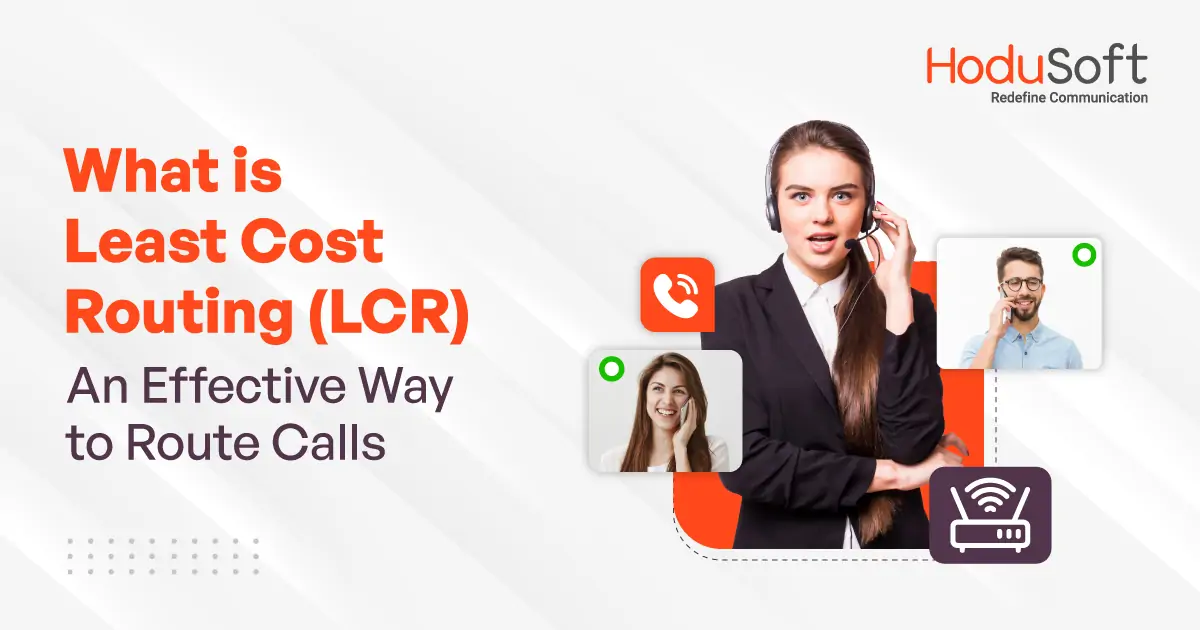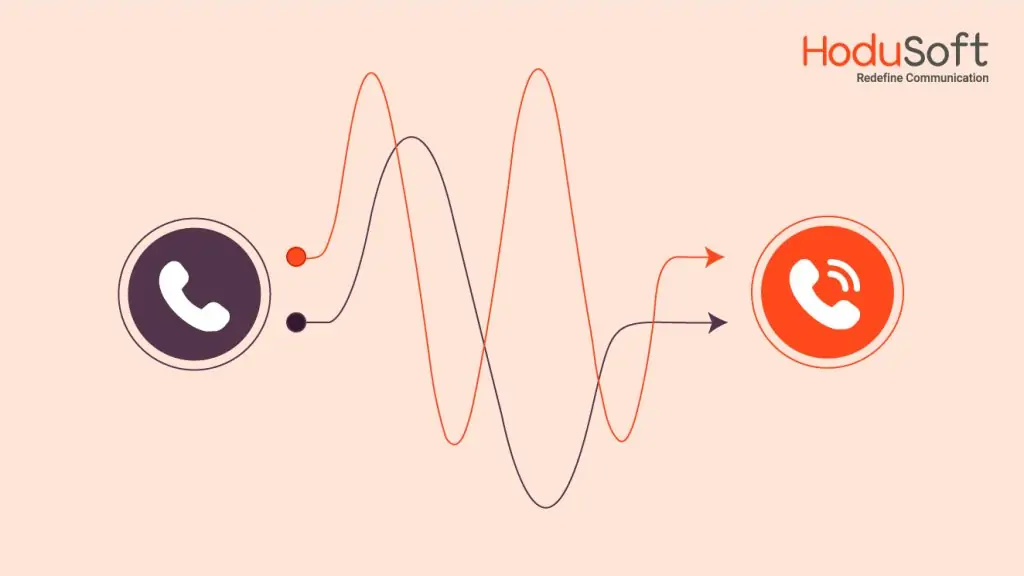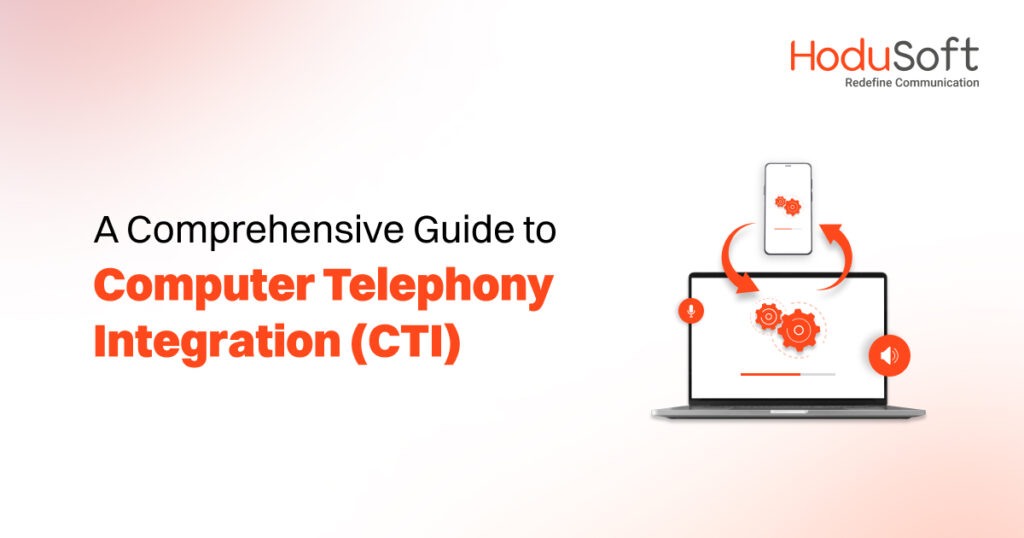Least Cost Routing (LCR): An Effective Way to Route Calls
Nowadays, businesses are constantly looking for effective communication options. They search for options that give them the flexibility to scale and adapt to their changing business communication needs. Solutions that empower businesses to achieve more at a quicker pace without spending a huge amount of money and effort are high in demand.
Least Cost Routing (LCR) is one such intelligent solution that offers value-based routing of calls. In this blog, we will get into the details related to LCR and how businesses can benefit from it.
The topics that we cover in this blog include:
What is Least Cost Routing
Least Cost Routing, also known as LCR is a telecommunication service that automatically selects and routes the call on the communication path that costs the least at that particular time.
Least Cost Routing (LCR) simply refers to selecting the best possible route for outbound phone calls based on the lowest available cost. LCR allows businesses to choose a path that costs the least when a call is placed between the caller and the destination.
Least Cost Routing is generally based on the call-by-call function that allows users to choose the preferred telephone company by dialing a specific access code.
How does Least Cost Routing Work?
To achieve Least Cost Routing, a routing table is created. This table is created with the intent to match a list of phone numbers and network addresses ranked by their price. Users can create these tables manually. However, LCR can be the best way to automate the entire process.
LCR is a software that uses Machine Learning (ML) technology to help users find the least cost route for their phone calls. A large number of enterprises and contact centers utilize the least cost routing tools with the intent to save costs and provide consistent services even in case of an outage.
LCR looks for the least expensive way to route phone calls. For both inbound and inbound call traffic, LCR directs the route that delivers the best call quality and rates.
For instance, ABC is a telephone company in California searching for the least expensive way to direct phone calls to New York. It will access the calling rates from selected telecom companies operating in New York. Based on the assessment, the ABC company will choose a provider that can help to deliver calls successfully at the least possible cost.
The Evolution of the LCR Model
Initially, Least Cost Routing (LCR) was performed by routing the calls to a telephone switch or Private Branch Exchange (PBX). With increasing call volume, traditional phone systems are unable to carry out the routing process because of limited memory. Moreover, the process of transferring calls to the switch is quite slow, especially during heavy call volume.
The latest LCR models that we see today are usually powered by the cloud. These models can handle and manage a large number of call routes. The routing engines and software that today’s LCR models use, run on servers having ample Random Access Memory (RAM).
With a sufficient amount of memory, users can host millions of routes easily and effectively. Also, the routing process is much smoother and faster with the latest LCR models.
LCR as a Service
LCR as a Service or LCR in the cloud usually means that the service provider:
- Utilizes route intelligence technology to find the call route that costs the least
- Hosts all software and hardware on behalf of their customer
- Carry out constant monitoring of carries who provides the best pricing options
Reasons to choose LCR as a Service
A lot of communication technologies are moving into the cloud including the LCR. Just like other traditionally on-premise technologies such as PaaS, SaaS, CaaS, and others, LCR is also migrating to cloud-based operations due to several reasons.
- Call routing is performed in the cloud and managed by a third party
- The cost of call routing is quite cheaper as compared to traditional routing ways
- Users get a backup plan which means they don’t have to worry about downtime
- Users only need to pay for what they require
- The technology ensures easy scalability for businesses as and when required
Read Also: UCcaS, CCaaS, CPaaS – Everything you need to know
Key Challenges In the Least Cost Routing Process
Now as we know that Least Cost Routing (LCR) is a method that most telecommunications companies use to route calls through the most cost-effective carrier or route, it is also important to understand the key challenges that LCR can present.
- Complex routing rules: Least Cost Routing process involves evaluating multiple carriers and routes, which can be quite complex as well as time-consuming.
- Reliability on data accuracy: It is important to note that while choosing a route or carrier, LCR relies on accurate data. The data usually involves carrier costs and routing rules. If the data is out of date or incorrect, the LCR process may produce insignificant results.
- Dependability on the carrier: Since the LCR process involves routing calls via different carriers, it may lead to some issues if the particular carrier experiences technical problems or goes out of business.
- Impact on Quality of Service: LCR majorly focuses on routing calls via routes that cost the least. However, it can greatly impact the quality of service such as connection times or call quality.
- Scalability: LCR can turn out to be more complex as a company grows and adds more carriers and routes to consider.
- Carrier contracts and agreements: LCR can only be effective if the company has contracts and agreements with several carriers and these contracts should be revised and updated frequently.
- Government regulations: Some countries have strict regulations on how calls can be routed, which can limit LCR options.
Though LCR helps to reduce costs and increase profitability, it can also present some challenges. Therefore, it is important to check all of these factors before setting up the routing system.
Conclusion:
Least Cost Routing is undoubtedly the most effective strategy that helps businesses save a lot of money by lowering their communication cost. Since this strategy is used to route calls via the least costly method, it is important to keep in mind that the routing method should not hamper the call quality. Instead of just focusing on routing calls to the cheapest vendor, it is vital to choose vendors that can help route calls in a smart way without compromising on the quality of calls.




